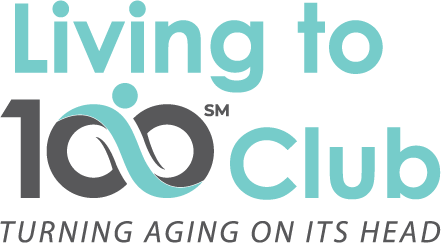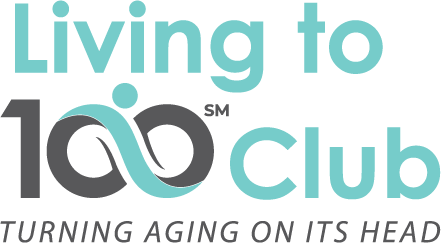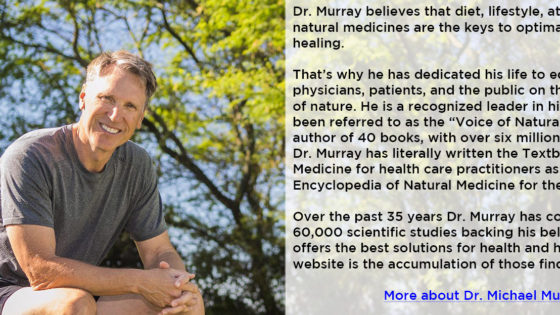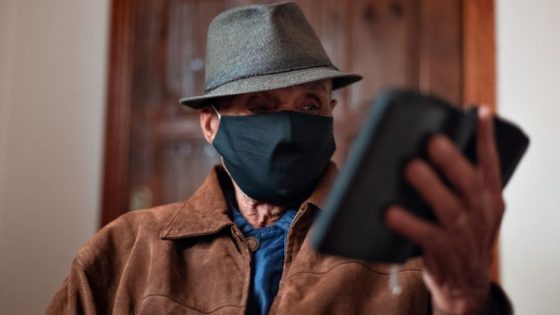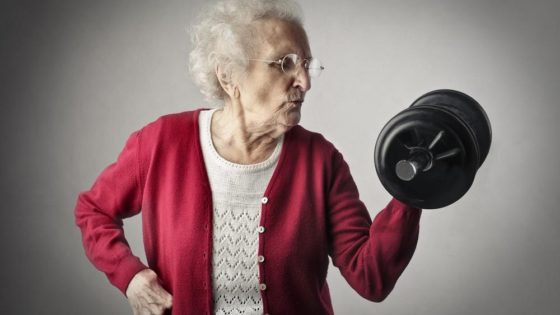Photo by truthseeker08–2411480
Chronic pain can be a very disabling condition for many adults, and can lead to debilitating depression, sleep difficulty, and interference with one’s usual personal, social, and occupational activities. Many treatments are available, including medications, chiropractic care and physical therapy, acupuncture, and pain management techniques, such as relaxation, visualization, breathing, and stress management approaches. Unfortunately, long term use of many medications for pain relief bring undesirable side effects, as well as possibility of increased tolerance (less relief as our body adapts to the medications) and the risk of addiction. Learning pain management techniques from a qualified behavioral health practitioner may be a good alternative or complement to medications. Multi-disciplinary pain management teams are effective in easing the suffering and improving quality of life for those living with chronic pain.
The following is derived from the
Handbook of Health and Behavior: Psychological Treatment Strategies for the Nursing Home Patient
Joseph M. Casciani, PhD
This is part of a series where Dr. Casciani makes you aware of and informs you about series medical conditions your patient or loved one may be facing.
A more detailed, clinical, and complete description can be found in the handbook.
Medical Condition – CHRONIC PAIN (NON-MALIGNANT)
Chronic pain is pain that has lasted for six months or more, and because it persists beyond serving any protective function, the pain is often accompanied by emotional distress, including anger, frustration, and depression. Chronic pain is not dependent on the type of illness or injury that triggered it, but rather refers to pain that has continued beyond what was expected and shows few signs of going away.
Chronic pain, by its very nature, interferes with daily living activities. As such, it causes the patient to seek out medical care and relief from the distressing symptoms and can eventually become a predominant part of the individual’s everyday living. Research has shown that pain complaints account for more than 80% of physician visits in outpatient and primary care settings. Chronic pain is contrasted with acute pain, which is usually accompanied by adrenalin release, leading to increased muscle tension, heart rate, and respiration, all of which predispose the person to move away from the source of the pain. The term benign is sometimes added to the condition when the pain is not due to a life threatening illness.
Pain is considered both a physiological and a psychological experience, and despite the tendency to bridge the two experiences in treatment, there is still a tendency to classify the problem as either medical or psychological. This view is gradually giving way to a more holistic model of pain, represented in recent years by the “gate theory” of pain. In this model, a “gate” allows pain signals to flow up and down the spinal cord. Many factors can open the “gate” like stress, negative thinking, depression, anxiety, while other factors close it, such as emotional control, relaxation, mental distraction, and positive imagery. The more treatment involves factors that close the “gate,” the more effective the treatment is.
What are the Common Causes?
Common causes of chronic pain include inflammation, scar tissue around a nerve, damaged nerve, or “unknown factors.” Conditions that contribute to chronic pain include arthritis, back injuries, migraine and tension headaches, and certain types of cancer. There may be misbeliefs about the pain condition, including a belief that the pain is an indication of underlying disease that it will increase in the presence of activity or exercise. These misbeliefs contribute to maladaptive coping efforts and feelings of helplessness. There may also be misbeliefs about the controllability of the pain, which in turn, may contribute to inappropriate medication or illicit drug use.
What are the Medical Consequences?
Medical determination that sufficient time has elapsed for acute pain to subside, even though pain reports continue, coinciding with increased patterns of avoidance and physical inactivity.
What are Contributing Factors?
Possible depression; stress and anxiety that amplify the pain experience; tendency toward drug and alcohol abuse; anxiety and anger causing bodily tension and increased pressure on pain site; depression and withdrawal resulting in a greater focus on pain; inactivity associated with depression allow for greater inflammation in joints and tightening of muscles.
What Negative Attitudes can Develop?
• Hopeless forecasting: “I’ll never get any better.” “I have no control over my pain.” “I’ll never be able to enjoy life again.” “This is going to get worse and worse until I go crazy.” “I’m headed for pain for the rest of my life.” “I have no control at all over my pain.”
• Self-downing: “It’s all my fault that I’m in this mess.” “If I had led a better life this wouldn’t be happening to me.” “God is punishing me for not being a good Christian.” “I’m a bother to everyone. They probably hate me.”
• Absolute demands and expectations: “I should have felt better, quicker than this.” “This shouldn’t be happening to me.” “God (staff, doctors) shouldn’t let me suffer like this.” “I should be stronger and not be so complaining.” “Only a doctor can stop my pain. My experience of pain is a matter of chance. Like a roll of the dice. I cannot exercise because I cannot stand the pain.”
• Catastrophic thinking: “I can’t stand this pain.” “My life has no happiness with this pain.” “What a horrible existence this is.” “No matter what I do I will still be in pain.”
